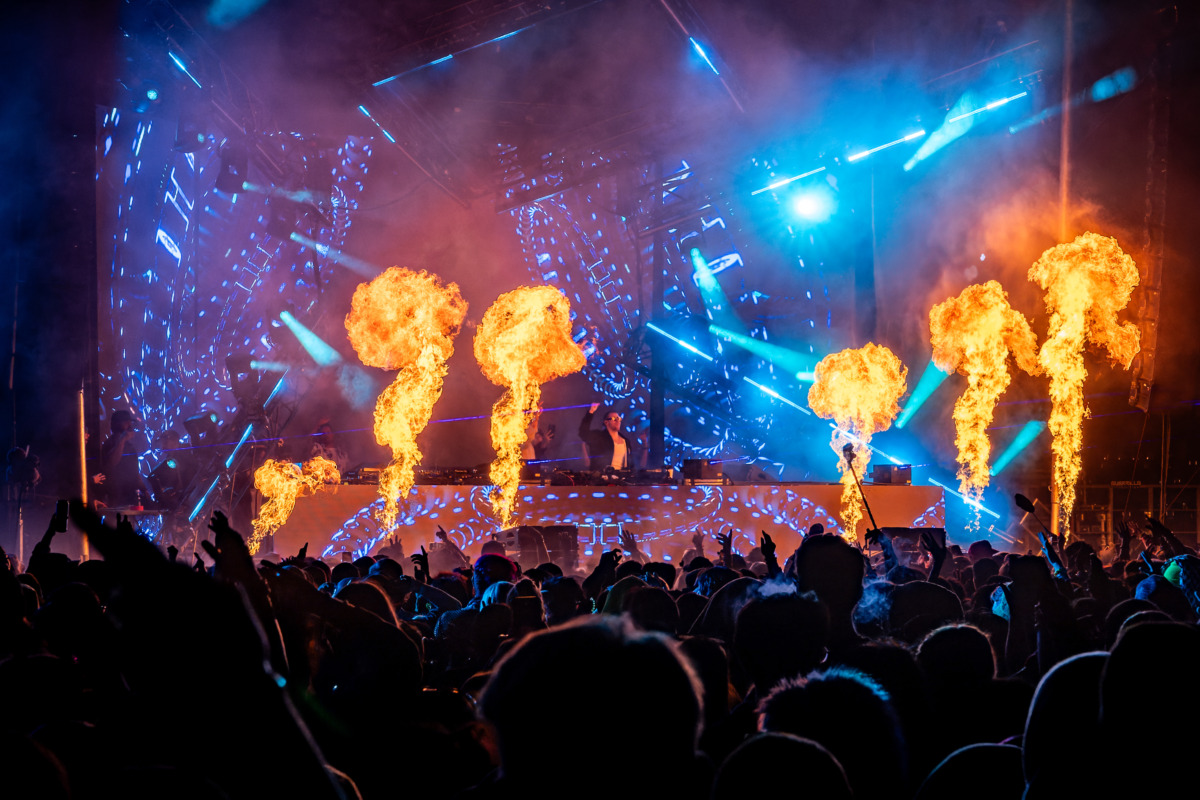In the opening scene of Cowboy Bebop: The Movie, Spike and Jet confront a quartet of criminals in the act of robbing a convenience store. After some light action, the last robber takes an elderly woman hostage, demanding Spike and Jet drop their guns. Jet begrudgingly complies; Spike, muscle memory taking over, draws his gun, takes aim and states, "We don't protect or serve; this is strictly business."
What's remarkable about this short scene is the contrast between its palpable tension yet utter lack of suspense; what's about to happen is completely clear, in no small part due to the scene's purposeful likeness to the series' most memorable and impactful sequence. Yet in either scene, Spike's adversary makes a fatal yet common miscalculation: assuming that Spike is one of the "good guys." Having come this far, the viewers know better, which the man quickly learns. As the scene ends, Spike twirls his pistol like "an old-fashioned cowboy." This bit is ironic, as the more we learn about Spike Spiegel and his weapon of choice -- the Jericho -- a much different, much darker picture emerges.
Tools of the Trade
This name "Jericho" stamped on the slide refers to the Israeli Weapon Industries Jericho 941R; a double-action, semi-automatic pistol, chambered in 9mm. Nicknamed the "Baby Eagle" in comparison to IWI's larger, more famous Desert Eagle handgun, the Jericho 941 is known for accuracy and reliability, but apart from its association with Bebop, remains generally unremarkable. Lacking the recognizable profile of a Western revolver, or any engraving or added ornamentation, there is little on the surface to distinguish the Jericho from other handguns.
However, a closer look shows that Spike's Jericho isn't at all like a police officer's service weapon, military sidearm, collector's showpiece or personal defense weapon. Spike is a killer, and the extensive, painstaking modifications to his Jericho revealed over the course of the series reflect this reality. Never mentioned, over the show's 26 episodes, this list of customized features creates a concrete ledger of the violent depths of Spike's past, presenting a chilling yet realistic window into the life of a professional killer.
The Weight
These visible customizations and modifications of Spike's Jericho include a silver guide rod to minimize recoil and increase the rate of fire, custom grips for sweaty or otherwise wet handling, steel frame holsters to further reduce recoil by adding weight, and a frame-mounted laser sight which, curiously, is never used. While the Jericho is small among pistols, it is universally regarded as distinctly heavier than most -- a fact that contributes to its softer recoil and follow-on accuracy but makes extended carry bothersome.
As such, Spike's Jericho isn't meant to be worn or shown off, but to kill quickly and in large numbers. This was Spike's life as a member of the Red Dragon syndicate, and much like Spike himself, the Jericho is a tool radically suited to the business of killing. In that vein, all of Spike's modifications to the Jericho are functional. None are aesthetic -- a decision that reflects the tragic yet unromantic realism of Bebop as a whole.
The painstaking attention to technical detail that Cowboy Bebop's showrunners and artists put into Spike's Jericho is a curious contrast to its complete lack of mention throughout the series. There is no dialogue that addresses any of Spike's Jericho's customized features, nor even any mention of the pistol by name. Instead, the Jericho is simply another tool in a universe inured to violence.
This is common throughout Bebop, which puts an intense level of technical authenticity into its weapons but staunchly refuses to fetishize or even draw attention to them. Instead, Bebop treats its firearms in a neutral light; they are everyday tools made invisible by the ambient violence of their world, or in the language of another space western, "objects in space." Yet amid this ambivalence, Spike's Jericho nonetheless serves as a grim reminder of how the series begins and ends: in violence. In a real and concrete sense, it is the familiar "weight" Spike carries that links him to his past, as well as to his ultimate fate.
About The Author

